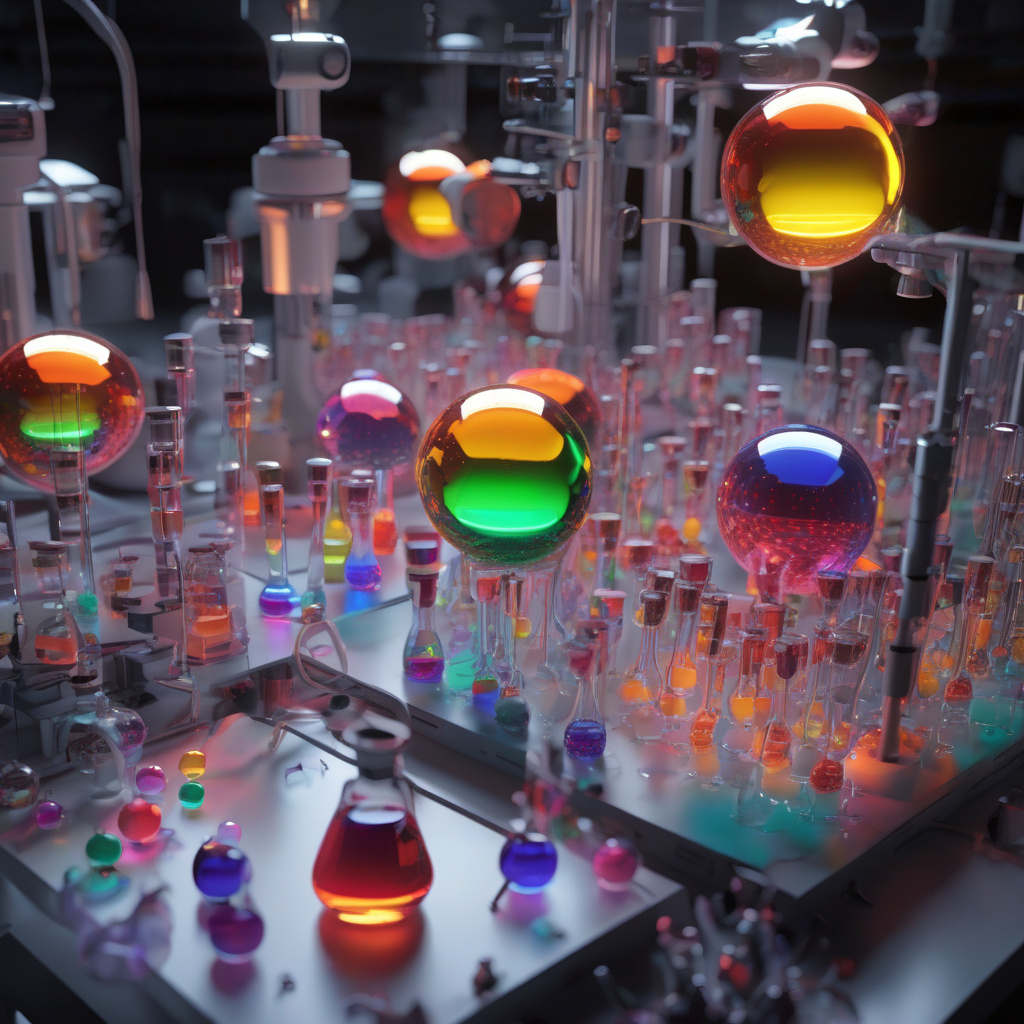Hot Electrons from Quantum Dots Break Tough Bonds Using 99% Less Energy: Study
Imagine using just a flicker of sunlight to break stubborn chemical bonds that once required an immense amount of energy. This seemingly futuristic scenario is now a reality, thanks to a groundbreaking study on hot electrons from quantum dots. The study reveals that these tiny, semiconductor nanoparticles can efficiently cleave tough bonds with a remarkable reduction of 99% in energy consumption.
In the world of chemistry and material science, breaking chemical bonds is a fundamental process with far-reaching implications. Traditionally, this task has been energy-intensive and often involves harsh conditions that are harmful to the environment. However, the emergence of quantum dots as a catalyst for bond dissociation represents a significant leap towards sustainable and energy-efficient chemical transformations.
Quantum dots are nanoscale structures that exhibit unique electronic and optical properties due to quantum confinement effects. When these tiny particles absorb sunlight, they generate highly energetic electrons known as hot electrons. In the recent study, researchers harnessed the power of hot electrons to drive chemical reactions that would typically require a substantial input of energy.
By leveraging the high energy of hot electrons, quantum dots can selectively break strong chemical bonds in a targeted manner. This selectivity is crucial in organic synthesis, where precise bond cleavage is essential for the production of pharmaceuticals, fine chemicals, and advanced materials. With quantum dots acting as catalysts, researchers can now achieve bond dissociation with unprecedented efficiency and precision.
One of the key advantages of using hot electrons from quantum dots is their ability to initiate reactions under mild conditions. Unlike traditional methods that rely on high temperatures or harsh chemicals, the quantum dot-mediated process can occur at room temperature and atmospheric pressure. This not only reduces energy consumption but also minimizes the environmental impact associated with chemical synthesis.
Furthermore, the study highlights the potential for harnessing solar energy to drive chemical transformations using quantum dots. By capturing sunlight and converting it into hot electrons, these nanoparticles offer a sustainable approach to bond cleavage that aligns with the principles of green chemistry. As the world seeks alternative energy sources and cleaner chemical processes, the role of quantum dots in catalyzing reactions with solar power becomes increasingly significant.
In addition to their energy-efficient properties, quantum dots demonstrate remarkable versatility in catalyzing a wide range of chemical reactions. From carbon-carbon bond formation to hydrogen evolution reactions, these nanoparticles exhibit promising catalytic activity across various fields of chemistry. As researchers continue to explore the capabilities of quantum dots, the potential for developing novel catalytic systems and sustainable chemical processes remains vast.
In conclusion, the study on hot electrons from quantum dots represents a paradigm shift in the field of catalysis and chemical synthesis. By enabling the efficient cleavage of tough chemical bonds with minimal energy input, quantum dots offer a sustainable and environmentally friendly approach to driving chemical reactions. As we strive towards a more sustainable future, the integration of quantum dot catalysts into chemical processes holds immense promise for reducing energy consumption, minimizing waste, and advancing the frontiers of green chemistry.
energy-efficient chemistry, quantum dots, sustainable catalysis, hot electrons, green chemistry












